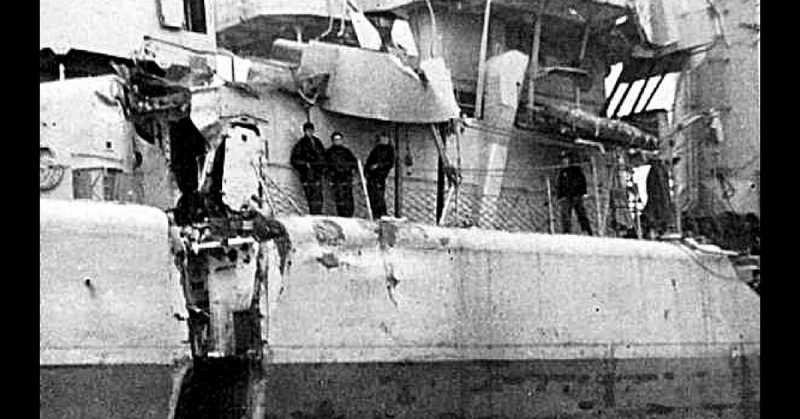On August 17, 1944, the USS Endicott, captained by Lieutenant Commander John D. Bulkeley, blew up two German ships, using only a single 5” gun. Bulkeley’s determination and courage that day prevented the escape of German merchant raiders that could have stalled the invasion of Southern France which was still at an early stage.
John D. Bulkeley was awarded the Medal of Honor after serving for less than a year during WWII. He was instrumental in rescuing General Douglas Macarthur from the Japanese invasion of the Philippines. When he was a Lieutenant he had a reputation for being a hard-charging fighter.
Lieutenant Commander Bulkeley was in command of the Gleaves-class destroyer the USS Endicott, assisting in the invasion of Southern France: Operation Dragoon. The operation’s aim was to open up a second front against the Germans; give the allies access to a wider array of ports and supplies, and give French troops an opportunity to seek vengeance against their occupiers. The Endicott was one of many ships which sailed in with the invasion force, but she played a vital role in protecting the invasion.
One part of the plan was a series of feints towards the west, in the hope of drawing German opposition away from the main beachheads.
Early on the morning of August 17, 1944, the USS Endicott, two British Insect Class Gunboats, and 17 PT boats steamed west from the main invasion, headed towards La Ciotat. There they commenced a shore bombardment with every weapon they had on board, pouring shells into ports, German gun emplacements, and the French countryside.
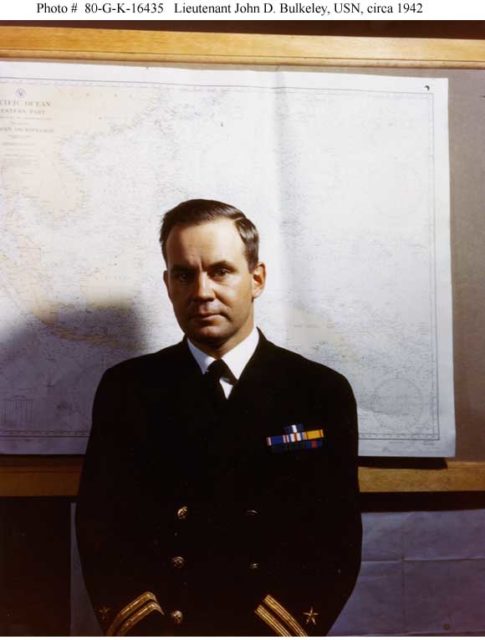
The aim was to create as much of a ruckus as possible. At 0545, the firing ceased, and the Endicott steamed south with the PT boats. The British gunboats HMS Aphis and HMS Scarab were trailing behind, providing a smoke screen for the larger force.
Suddenly Bulkeley received a distress call from ARB21, a small air rescue boat which had been alongside the two British gunboats. They were under attack by a converted yacht, the Nimet Allah, and a German corvette, the Antilope, which had been captured from the Italian Navy.
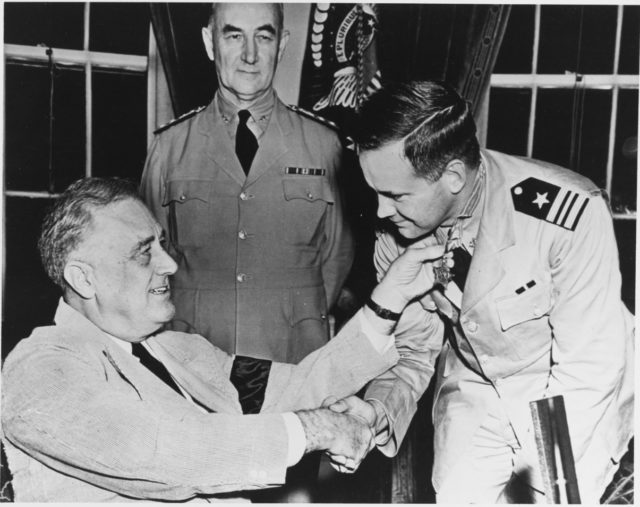
The two gunboats, designed for inland and riverine fire support, were completely outmatched by these new opponents and put everything they had into escaping. Their old 6-inch guns pumped rounds towards the Germans, but the shells were slow and underpowered, having been designed in the 1890s. The Endicott swung northwest to respond.
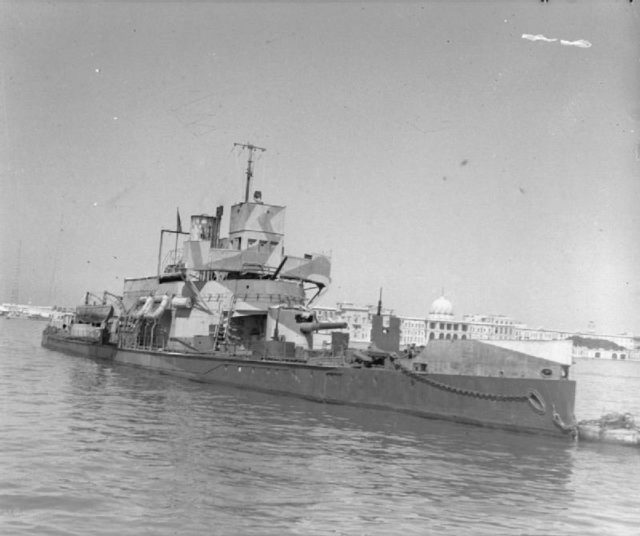
German merchant raiders like those two, while seemingly small and insignificant could position themselves to be incredibly dangerous for the invasion. The Allies needed every piece of equipment and ammunition it could get to win in France. If those ships were able to escape to Marseille and begin raiding the incoming transports, the invasion could be slowed, losing vital time in their already hard fight through France.
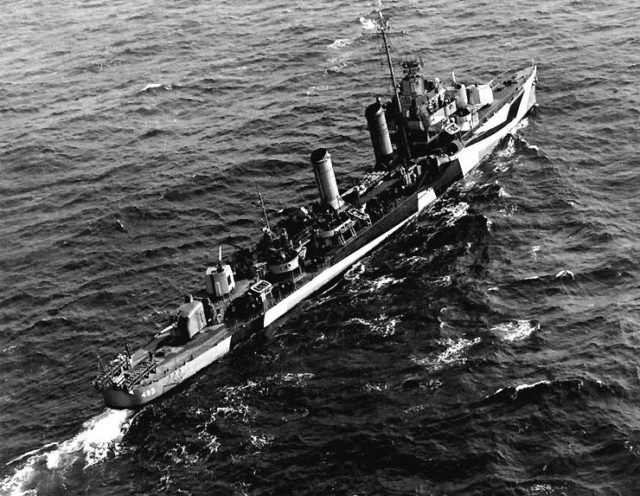
Bulkeley rushed towards the German ships assisted by two PT boats. It was a foggy morning, and visibility was severely limited, but at around 0620, the horizon in front of the Endicott glowed red with bright flashes. The Germans were attacking.
The Americans prepared to respond but discovered that only one of their guns was operational. The rest were jammed shut. Their breech blocks had overheated during the shore bombardment and swollen inside the gun housing, locking it until they cooled down.
Despite the weapons malfunction, the Endicott pressed onwards, firing her number three 5” gun, and bringing her other guns into use as they cooled. As each one became operational, the crew had to act carefully, to avoid overheating them again. The destroyer was never able to bring all four of her guns to bear.
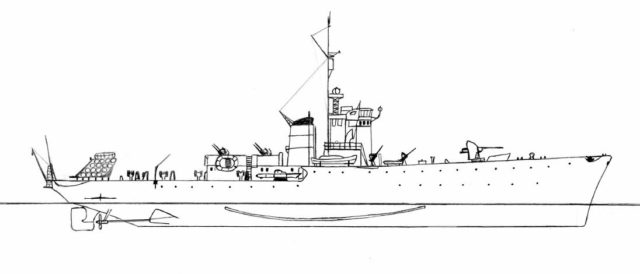
Cannon and machine gun rounds from the two German ships sent plumes of water flying around the Endicott, as she swerved and turned, all the while closing with her opponents. She scored two hits on the Nimet Allah, setting its engine room ablaze. The cruiser slowed to a crawl but continued pouring rounds towards the Allied boats.
The two PT Boats sped forward, attacking the larger German vessels. Both fired torpedoes but were immediately forced to retreat as German machine gunners raked their decks with deadly fire.
The German ship Antilope fired two torpedoes at the Endicott, which swerved again to avoid them. Then the Endicott shook violently, as a German shell struck her side. By a stroke of luck, the shell was a dud and punched a small hole rather than a large gaping one in her side. One sailor was fatally wounded, and small fires flared up, but they were quickly extinguished.
The Endicott returned torpedo attacks towards the Antilope, which swerved to avoid them. The two ships faced each other head on but only the Endicott could still effectively fire. The Antilope’s high bow blocked her main gun. The American destroyer fired everything she had; from 5” guns to 20mm and 40mm cannons, rounds streamed out towards her opponent in a torrent of metal.
Meantime, the Nimet Allah had taken on a significant amount of water and was slowly sinking deeper and deeper into the water. Her crew was rushing to evacuate. The Antilope was burning. The Endicott repositioned, and opened fire with all guns, raking her opponent fore and aft. Explosions began ripping through the ship.
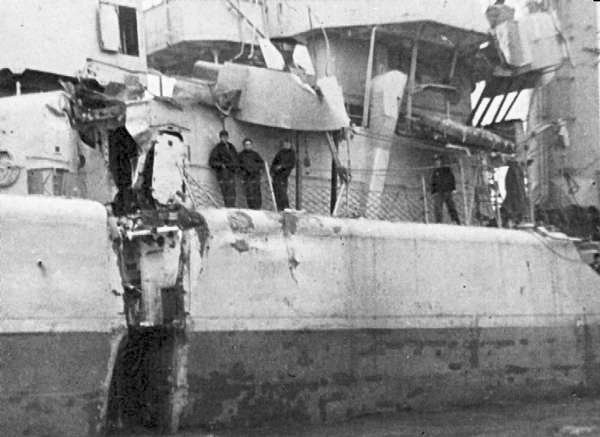
Finally, Lieutenant Commander Bulkeley gave the order to cease fire. The Endicott’s superstructure had been severely raked by machine gun fire and splinters, but nothing structural was damaged. Satisfied their fleet was safe, the Americans began retrieving survivors; who might have information on other German ships in the area. It had been an intense fight, but a short one, combat ceased at 0717.
The Allies took 169 prisoners on the Endicott, and 41 more on the gunboats, all with the loss of only one man. These smaller ships actions make up the backdrop for much of the naval war during WWII. While less known than the major fleet maneuvers, they were terrifying, and life changing experiences for the men who faced them. They cannot be forgotten.
